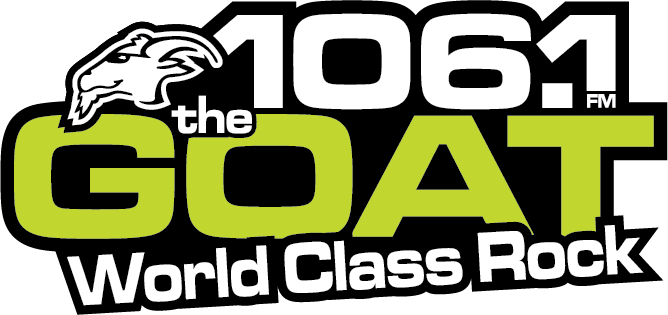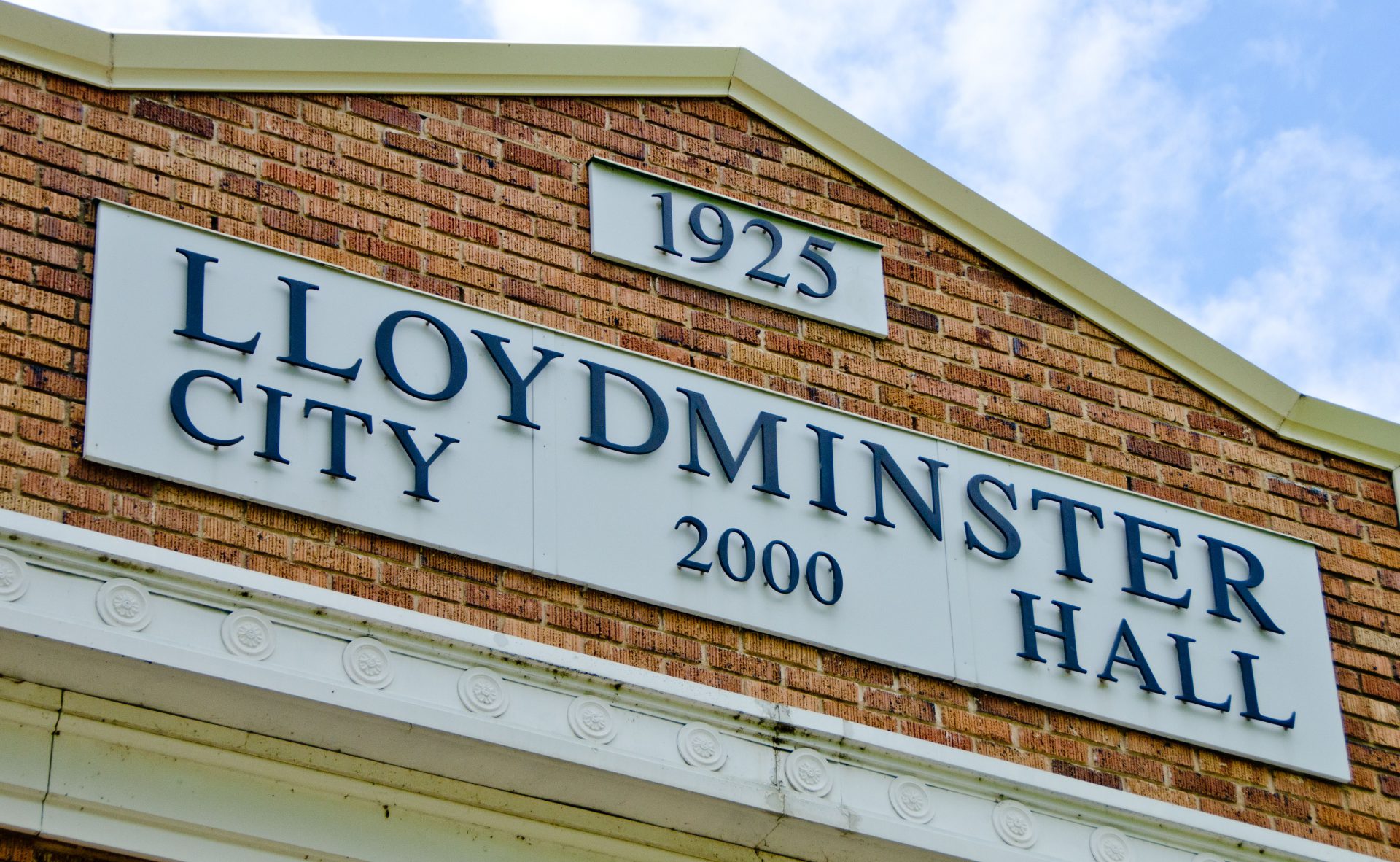The City has received an update on the Downtown Area Redevelopment Plan, or DARP, through a report on public engagement with the project. Various public engagements were held in the community as well as online to gauge support and direction for the DARP going forward.
The previous phase of the project saw more than 400 participants engage in an online survey, pop-up engagements and an open house. A stakeholder survey targeting members of the business, development and real estate industry saw 17 participants. Stephanie Munro, councillor and DARP advisory committee member, says she’s pleased with the work thus far and the opportunity given to residents for feedback.
“I think that the community and the city as a whole have made a tremendous amount of effort and put in a lot of time to make sure that the engagement was there,” said Munro. “Everybody has equal opportunity, whether it was online or in present, to come and give feedback on what they would like to see.”
All three components of the DARP; the vision, guiding principles and goals, received more than 90 per cent support from online survey participants. The report states that “making downtown safe and inclusive were some of the top priorities for people,” followed by increasing activity in the area “through events, gathering spaces, and a mix of unique businesses.”
About 10 per cent of respondents didn’t support the vision, guiding principles or goals of the DARP. The report says that many either felt that the goals weren’t attainable in the current economy or that the DARP wasn’t worth implementing. Others suggested that downtown might be focused on more than other parts of the city. Munro stresses that the DARP is less than a capital investment, and more like an area structure plan and a tool for economic development.
“I think a lot of people and residents perhaps thought that the City was going to be investing millions of dollars into downtown to revitalize it, and that’s completely not what the whole project was about. For individuals who maybe don’t visit the downtown or are business owners or stakeholders in other areas of the community; it’s not an area that we’re investing all of our money into, but it is part of our community, and we have to take that into account into making it a resource for the developers.”
Concerns with parking and traffic issues downtown were also raised. Some participants were divided on increasing residents downtown to improve vibrancy versus filling other parts of Lloydminster. Proposed improvements to public spaces saw additional trees and landscaping receive the most support, with “other” being second most popular. The third most support was gathered by improving lighting downtown.
When it comes to land use, three concepts received more than 60 per cent support; proposed land use districts, ground floor commercial requirement and height regulation for buildings. Protecting sunlight on east-west streets only received 34 per cent support as some people “did not believe that restricting height to protect light was a priority.” There were also fears that it would affect development.
The top three supported build actions were street beautification, the redesign of a civic square and the creation of a “shared street”. A new library and improvements to the clocktower were the next most supported, with the least support going to wayfinding. When it came to actions for stimulating the downtown, facade improvement grants, redevelopment tax incentives and reducing development fees received the most support.
Community programming saw a lion’s share of support go towards a food truck program and a downtown farmer’s market. Many respondents mentioned supporting and expanding the existing downtown farmer’s market. Winter city programming was the third most popular option. The community piano was the least popular selection, but generally, community programming downtown was supported year-round.
The stakeholder engagement revealed barriers to development and acquisition downtown. Many stakeholders felt there was little information on property ownership, adding that property owners “were difficult to contact or not interested in selling”. A negative perception of downtown was also cited as a barrier to both developing and finding tenants. Stakeholders also noted a lack of high-quality retail space and the poor condition of these spaces. There were comments of a “neglected” appearance that’s part of a cycle that disincentivizes owners from improving their property.
Mayor Gerald Aalbers is happy to see the engagement thus far. What’s taking shape from the DARP is a 15-year plan for the heart of the city. He recognizes many concerns were raised through the DARP engagements and hopes that they’ve been alleviated in the process. Aalbers adds that the process is important for the growth of the city.
“Some people feel that we’re good where we are today, but we have to move forward. Because, if we don’t, we’re going backwards in my opinion,” said Aalbers. “I think that’s the biggest part of it, is moving the city forward, and what it’s going to look like in fifteen to twenty years. If you’ve asked anyone who’s lived here a long time, I’ve asked a few, if they expected Lloyd to be the size and where it’s at today. A lot of people have never expected it [sic], so I think it’s important to have some vision and look forward.”
The DARP is currently in phase four where a final plan will be refined and drafted, and then presented to city council. The city has $150K budgeted for the project in the 2019 capital budget.


